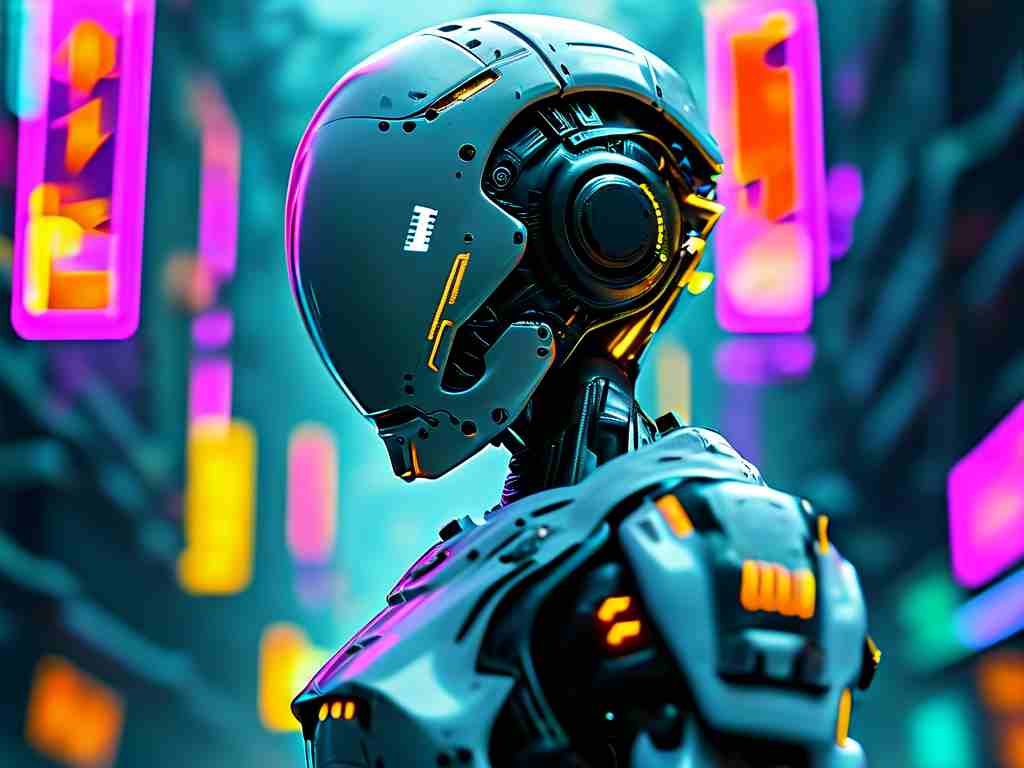From the clattering gears of 19th-century automatons to the fluid movements of Boston Dynamics' Atlas, humanity's quest to merge machinery with organic capability has entered its most revolutionary phase. Robotic cybernetics – the alchemical fusion of neural interfaces, biomechatronic systems, and quantum computing – now stands poised to redefine our biological limitations through three groundbreaking vectors: adaptive prosthetics, cognitive augmentation, and symbiotic workforce integration.

At MIT's Biomechatronics Lab, researchers recently demonstrated a thought-controlled prosthetic arm capable of texture differentiation. Unlike conventional myoelectric limbs that detect muscle contractions, this prototype uses implanted neural lace technology to interpret motor cortex signals with 94% accuracy. Dr. Elena Voss, lead cybernetics engineer, explains: "Our bidirectional neural interface doesn't just transmit movement commands – it sends tactile feedback through optogenetic stimulation, creating genuine sensory perception." This breakthrough suggests a future where artificial limbs could surpass biological functionality, with prototypes already showing 360-degree wrist rotation and grip strength adjustable from eggshell-delicate to industrial vice-like.
The cognitive augmentation frontier exploded last month when Neuralink received FDA approval for its N3 chip human trials. Early test subjects report enhanced memory recall and accelerated learning capabilities through direct brain-computer interfacing. Military applications already exist – DARPA's Cortical Modem project successfully implanted tactical data streams in soldiers' visual cortex during urban combat simulations. However, neuroethicists warn of potential "cognitive stratification," where enhanced individuals gain disproportionate societal advantages.
Industrial applications present equally transformative potential. Tesla's Optimus production lines now employ self-optimizing robotic workers that analyze workflow patterns through federated learning networks. These cybernetic systems don't just replace human labor – they collaborate with biological workers through augmented reality interfaces. BMW's Spartanburg plant reported 37% productivity gains after implementing symbiotic assembly lines where human technicians receive real-time torque specifications and error detection overlays through retinal projection headsets.
Technical hurdles remain formidable. The "bio-silicone divide" – the challenge of creating durable interfaces between organic tissue and synthetic components – continues to plague long-term implant viability. Recent graphene-based nanocomposites show promise, with self-repairing circuits that mimic cellular regeneration. Meanwhile, quantum encryption advancements by IBM's Q Division aim to secure vulnerable neural interfaces from cyber attacks – a critical development following last year's WhiteHat Security report detailing vulnerabilities in 83% of commercial cybernetic implants.
Ethical quandaries multiply as the technology advances. The UN's Bioethics Committee recently convened emergency sessions to debate "cybernetic identity rights," while labor unions demand protections against mandatory workplace augmentations. Paradoxically, disabled communities have become unexpected advocates – the Cybernetic Equality Network successfully lobbied for insurance coverage of advanced prosthetics in 14 states, framing them as essential medical devices rather than luxury enhancements.
As we approach 2030, robotic cybernetics appears destined to blur the human-machine dichotomy beyond recognition. From memory-enhancing hippocampal implants to self-regulating artificial organs, the technology promises solutions for aging populations and physically challenged individuals while simultaneously creating new forms of inequality. The ultimate challenge may not be technical but philosophical – determining what aspects of humanity we choose to preserve, enhance, or transcend in this brave new world of silicon and synapses.

